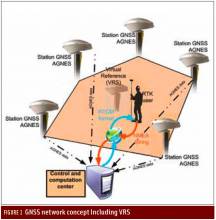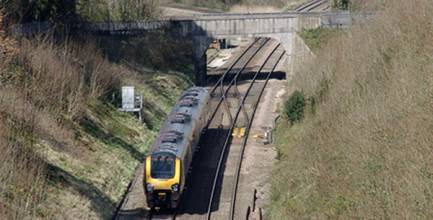Case New Holland (CNH), a global provider of equipment and services in precision agriculture and construction, has selected the Tallysman VeraChoke antenna for the modernization of its high-precision European GNSS Real-Time Kinematic (RTK) network.
The antenna features:
• Low axial ratio from zenith to horizon
• Geo++ calibrated
• Very tight phase centre variation (< 1.0 mm)
• Invariant performance from 2.7 to 24 VDC
• IP67, REACH, and RoHS compliant
• Space in housing for integrated PPP, RTK receiver, or other OEM system
The Verachoke VC6150 provides low axial ratios (horizon to horizon, over all azimuths) across all GNSS frequencies (<0.5 dB at zenith, < 3.0 dB typ. at horizon). It also has an exceptional front to back ratios, a tight phase centre variation (PCV), and near constant phase centre offset (PCO) for all azimuth and elevation angles, over all in-band frequencies.
The VC6150 provides high-reception gain over the full GNSS spectrum and has a robust pre-filtered Low Noise Amplifier (LNA), with high third order intercept point (IP3) to minimize de-sensing from high-level out-of-band signals, including 700MHz LTE, while still providing a low noise figure.
Michiel Jochims, CNH Industrial RTK Manager EMEA: “The objective of the GNSS antenna update is to enable the tracking of all GNSS constellations and signals, thus improving the robustness, convergence time, and accuracy of positioning within CNH Industrials’ European RTK network. At this stage, with only 25 stations updated, we are delighted to observe a significant performance improvement. We look forward to continuing the network update and bringing enhanced positioning to all of our European customers.”
Temo Wubbena, CEO of Geo++ : “We are pleased to support the update and upgrade of CNH Industrial’s European RTK network. After detailed analysis, we have recommended Tallysman’s VeraChoke antenna to CNH Industrial. It provides excellent multipath suppression and repeatability of PCV and Group Delay Variation (GDV), making it an ideal antenna for GNSS reference networks”






